Vienna amazed me in ways I did not expect. I knew the city had interesting places to visit, like the Schönbrunn Palace and the State Hall library, but add beautiful gardens, the luxurious opera house, and a cafe culture ranging from cute and cozy spots to elegant and lavish ones, and Austria suddenly became one of my favourite cities. So here are the best things to do in Vienna, including cultural activities and free places to visit, with insider tips.
Note that many of these attractions are close to each other, but it’s feasible to visit them all in one day. So it’s convenient to stay in Vienna’s city centre or choose a hotel with easy access to public transport.
If you’d rather see all the places to visit in Vienna organised into a plan, check out my 5-day itinerary for Vienna, where I detail my trip and the top attractions I visited, but also the ones I decided to skip and why.
Vienna is an intellectual and creative hub for Europe, and has been for centuries. It’s where Mozart and Beethoven (among many others) called home, and it was the capital of the Austrian-Hungarian Empire (the Habsburgs), one of the largest empires in Europe until it collapsed after World War 1. This means that a lot of the best things to do in Vienna are all about the city’s opulent history and cultural aspects.
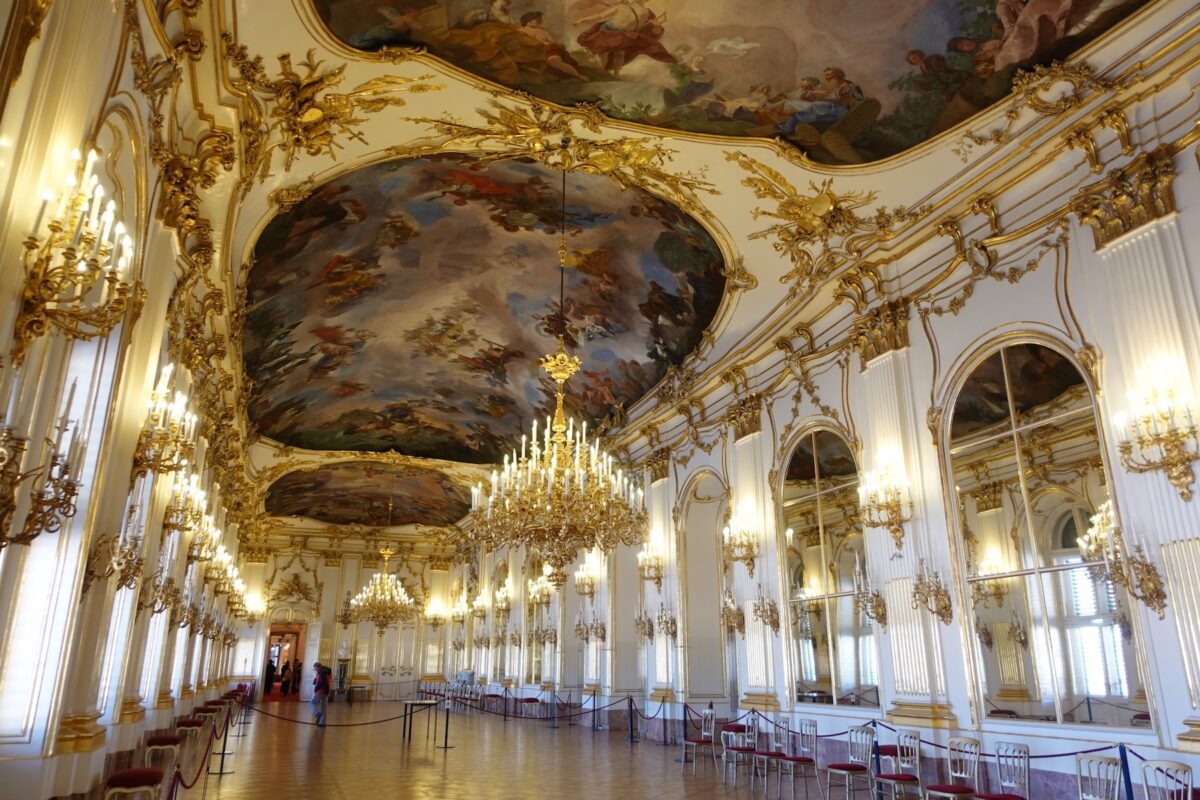
The Schönbrunn Palace was the summer residence of the Habsburg emperors, but today, it’s a museum. The palace requires an entry ticket, and it’s not the cheapest attraction, but it does come with an audio guide. You will need about half a day to explore the palace and garden.
The garden (“Palace Park”) is free, but you need tickets for specific spots like the Privy Garden, the Orangery Garden, the Maze, the Zoo, the Palm House, and the Desert House.
Insider tip: Go as soon as the palace opens (it’s best to buy a ticket online) before the crowds arrive. Winter is a good time to visit as it’s slightly less crowded. However, the garden won’t be as beautiful as it is from October to May, because the flowers wilt or are removed in winter.
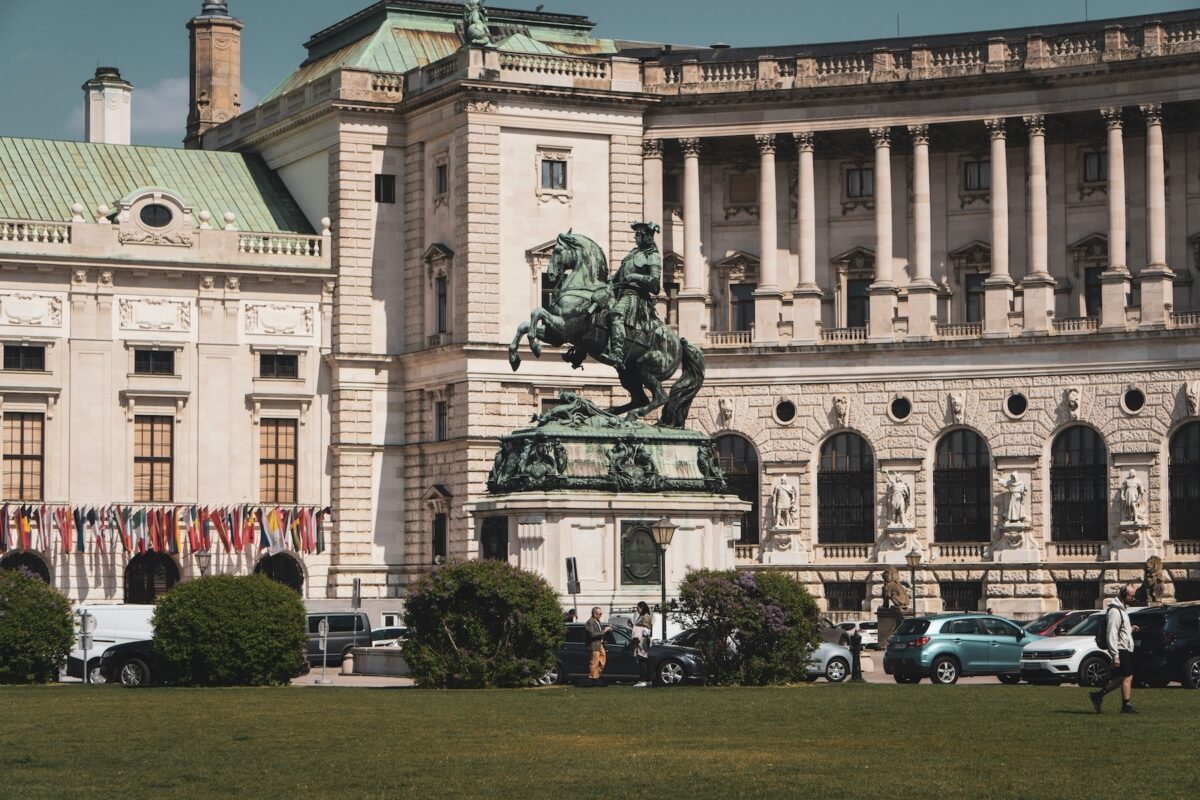
Hofburg Palace was also a residence of the Habsburgs, but mostly in winter. This is also where political and administrative duties took place, compared to the Schönbrunn Palace, which was mostly a place of leisure.
The Imperial Treasury is located at the Hofburg Palace, and that’s where you can see the crown jewels and other treasures. Hofburg is also home to the Sisi Museum (Sisi was the nickname of the beloved Empress Elisabeth, and the Sisi Museum is an homage to her).
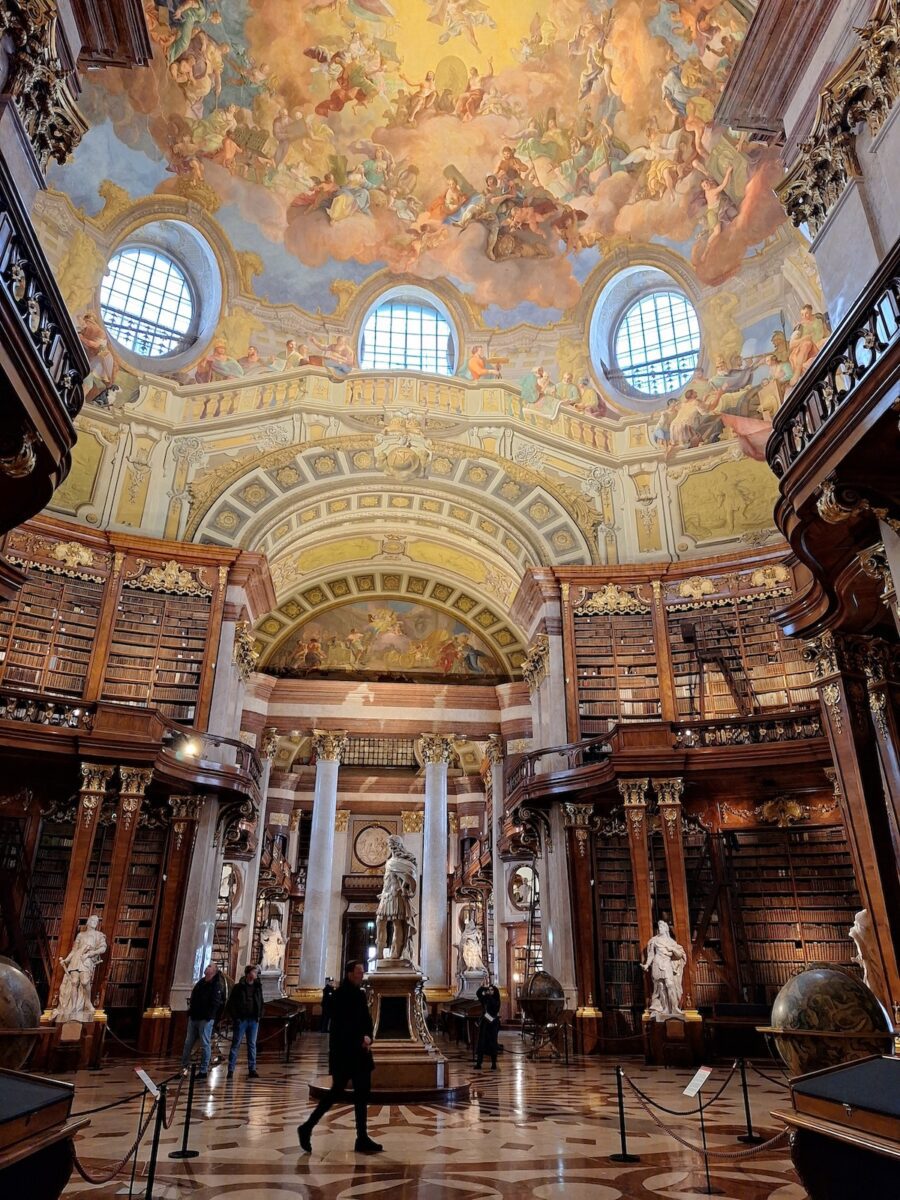
The State Hall is the Austrian National Library (called Prunksaal in German, and that’s how it will show up on Google Maps) and is located near the Hofburg Palace. It was built in the 18th century under Emperor Charles VI, an important member of the Habsburg family, to showcase the power and wealth of the Habsburg dynasty and their dedication to education and knowledge.
Basically, it was an elitist building to show the monarchy’s cultural and intellectual superiority. It IS an absolutely beautiful building, though, and worth a visit. Most people spend about 30 minutes there, but I stayed for over an hour to really soak it in.
Insider tip: Book your ticket online and go as soon as the library opens. I booked my ticket online, and I was the first person to enter the library. I had it all to myself for a glorious 2 minutes before everyone else came in.

Hands down one of my favourite buildings in Vienna, the Kunsthistorisches Museum is the Museum of Art History. It was built to display the Habsburg imperial collections, but it’s not just about the arts; the building itself is incredibly beautiful and opulent (even its cafe), and most visitors spend their time taking pictures of the inside rather than the things on display.
Insider tip: take your time to explore this place and see all the exhibits. There’s a lot of interesting artefacts there. I spent about half a day at the museum, but I could have spent a whole day there.
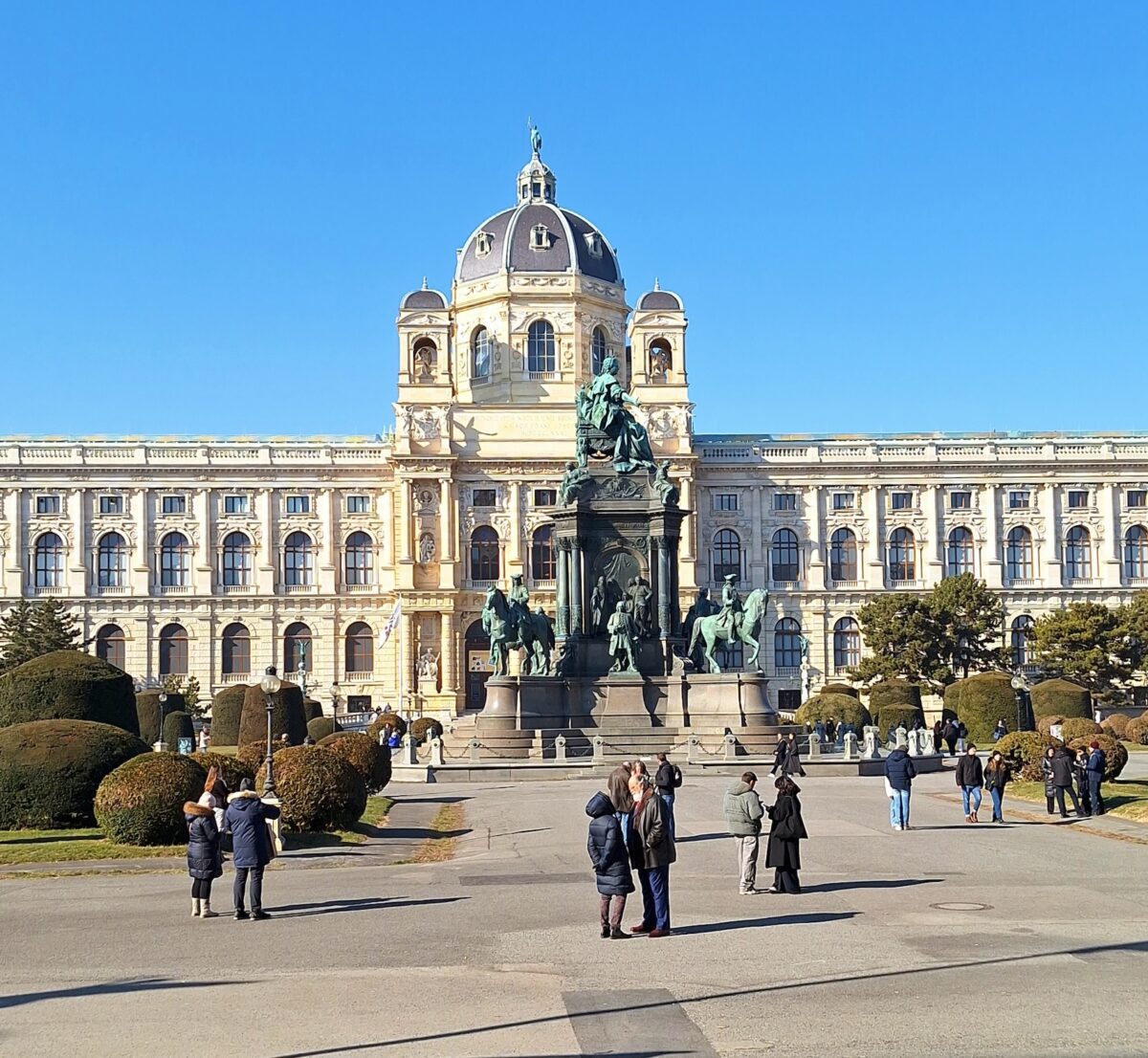
The MuseumsQuartier is not one museum but rather an area with museums, cafes, and green spaces. The area itself is free to explore, but there are entry fees to the museums. Notable places to visit there include the Leopold Museum, Kunsthalle Wien, MUMOK (Museum of Modern Art Ludwig Foundation Vienna), and ZOOM Kindermuseum for kids.

The Belvedere Palace is a Baroque-style palace and a UNESCO World Heritage Site. It was built in the 18th century and is known for its gorgeous garden and the famous painting “The Kiss” by Gustav Klimt, which is housed there. The garden is free to visit.
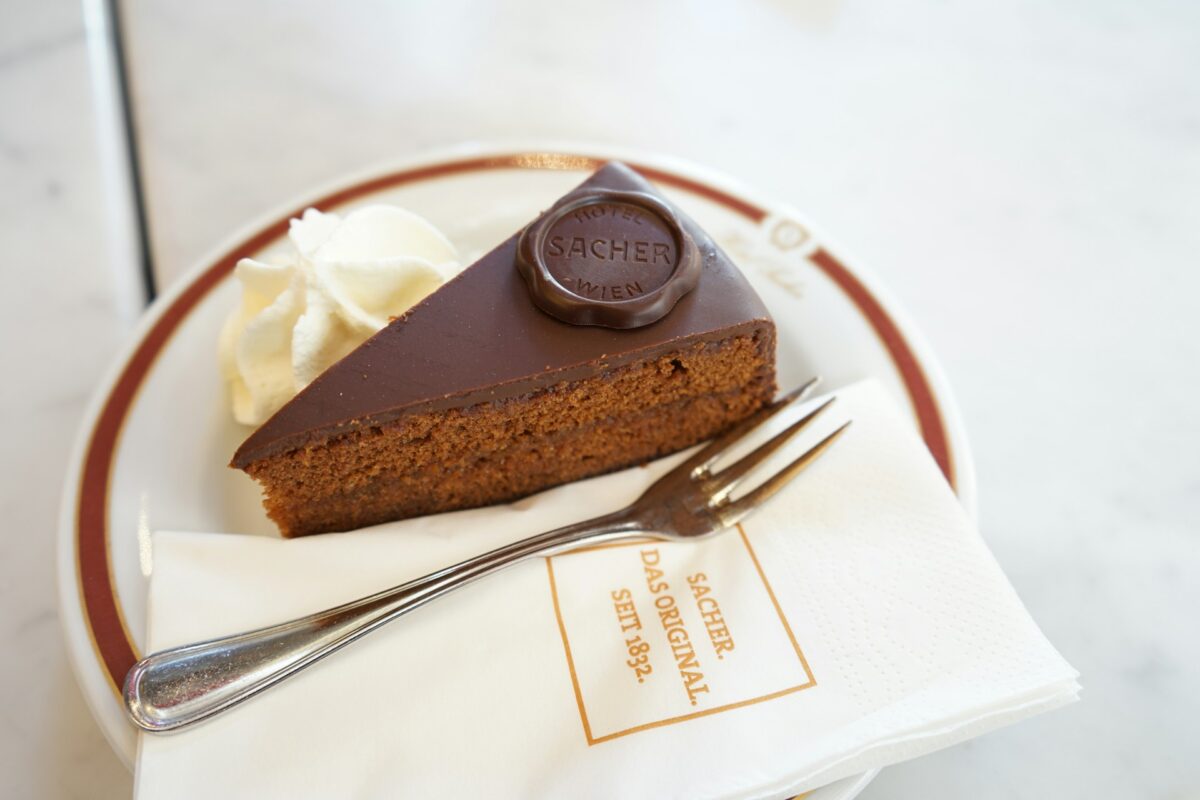
This is not a specific place to visit, but rather a cultural experience to have in Vienna. A konditorei is a traditional pastry shop where you will find cakes, pastries, tortes, and other sweets, but they usually also serve simple meals like sandwiches and salads. Think of it like a coffee shop with ornate but also cozy vibes.
You will find konditoreien all over Vienna, but some of the popular, albeit touristy ones, are Café Central, Demel, Café Sacher, and the Aida chains. Many tourists also go to Café Sacher to try the famous Sacher torte, a chocolate cake with apricot jam invented there. I decided to skip Café Sacher (reviews weren’t great) and instead got a delicious Sacher torte at one of the Aida locations.

The Vienna State Opera is incredibly opulent and grandiose, and is one of the most prestigious ones in the world. It’s home to the Vienna State Ballet, and the best way to see it is either to take a guided tour, or attend a show, or both.
This was one of the highlights of my trip. Whether you’re interested in opera, ballet, the orchestra, or none of them, seeing the Opera House is truly one of the best things to do in Vienna. Here, you will witness the wealth of the Austrian Empire, and people dressed up to the nines to attend performances.
Insider tip: Tickets for shows can be expensive (around €100 or more on average), but if you look for “standing-room tickets” (i.e., tickets on the same day of the show you want to attend), you will find more affordable deals. This does not necessarily mean you will be standing, although it usually does mean that.
I got a ticket to the opera performance of “Il barbiere di Siviglia” for €25, and while my balcony seat was the furthest from the stage, I could still see everything. Check the official website for these tickets (no need to wait there at the door).
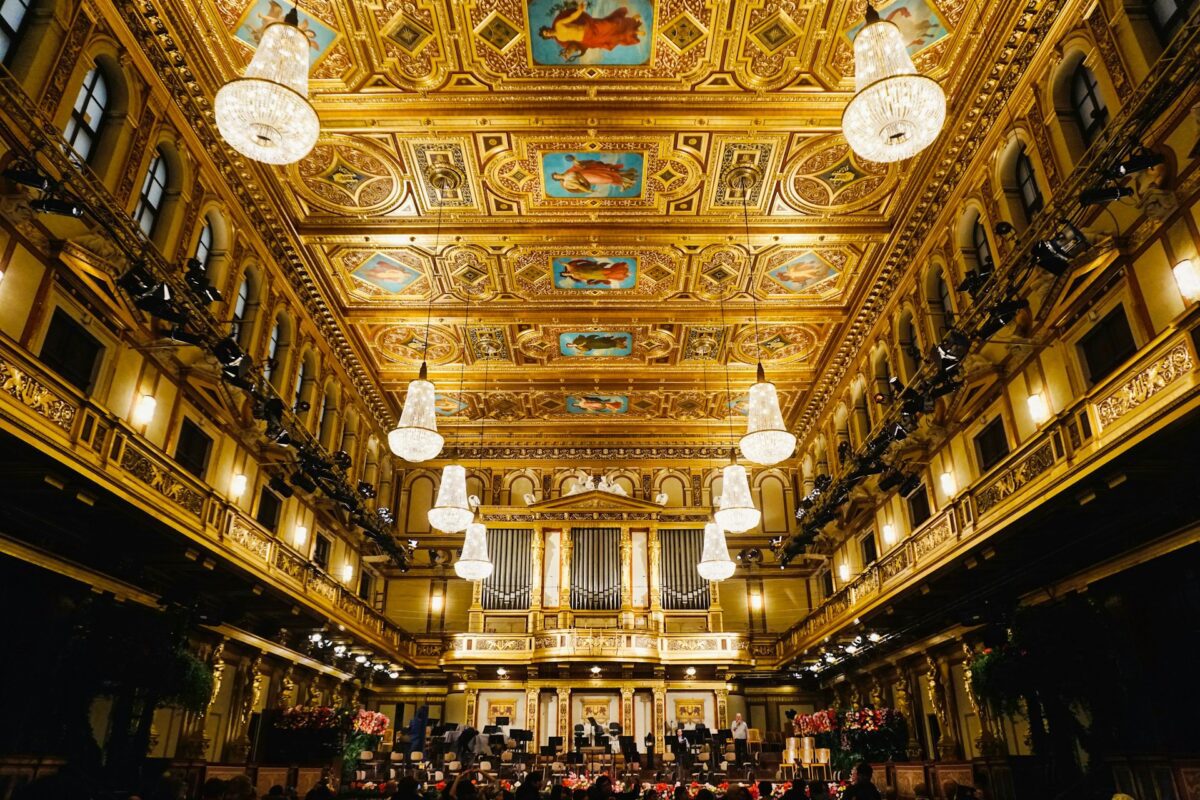
The Musikverein is a reknowned music concert hall, the main hall being the Golden Hall (Großer Musikvereinssaal). It has incredible acoustics but is also very lavish, and is the venue for Christmas concerts, Easter festivals, and the famous Vienna New Year’s Concert.
Insider tip: You can also find last-minute, standing-room tickets for the Musikverein, just like for the State Opera.
The Haus der Musik (House of Music) is a museum with interactive exhibits, highlighting the evolution of music and how sound travels, but you can also find information about famous Austrian musicians like Mozart. You can even pretend to be a music conductor in a virtual simulation, and create your own sound in the Sound Labs.
One of the oldest concert halls, where Mozart himself played, the Mozarthaus Vienna, used to be Mozart’s residence from 1784 to 1787 and is where he composed the piece The Marriage of Figaro. If you’re not interested in attending a concert, you can just get tickets to visit the museum’s exhibitions and get a glimpse into Mozart’s life.
This is an art space near Vienna’s City Hall (Rathaus), focusing on contemporary art, and is free of charge for everyone. You will find works from emerging artists and young creatives, as this place offers an opportunity to gain more visibility in this field.
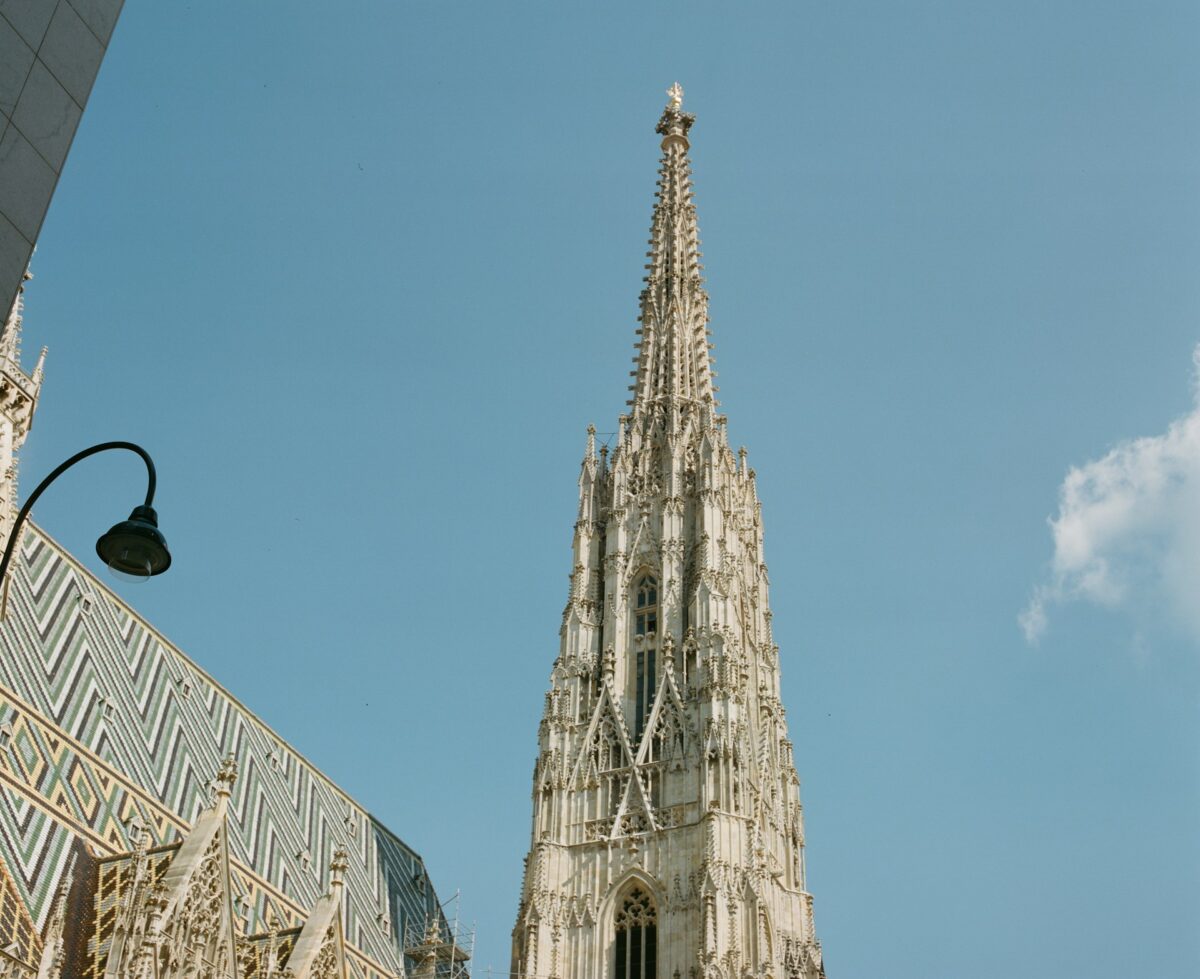
This is one of the most important and famous religious buildings in Vienna, and it’s also the tallest. The main area is free to enter, but if you want to visit the towers, catacombs, cathedral treasury, and the lift to the Pummerin bell, you will need to join a guided tour for a fee.
Votivkirche is a neo-Gothic style church, and was built as a sign of gratitude for the failed assassination attempt of Emperor Franz Joseph in 1853. The church is free to enter, but there’s a fee for the museum.
This is a popular shopping street with interesting buildings and historic architecture. You will find plenty of konditoreien, mainstream brands, and some souvenir shops along this street. It’s not my cup of tea, but it’s still interesting to walk through just for this historic feel. It’s right by St. Stephen’s Cathedral and Kurkonditorei Oberlaa, where I had a delicious lunch and cake.
Naschmarkt is a market with around 120 stalls where you can buy fresh produce, and you will also find diverse restaurants there. It’s not necessarily an affordable place, and is quite touristy to be honest. Visiting the market itself is free, but you will of course spend money if purchasing or consuming anything there.
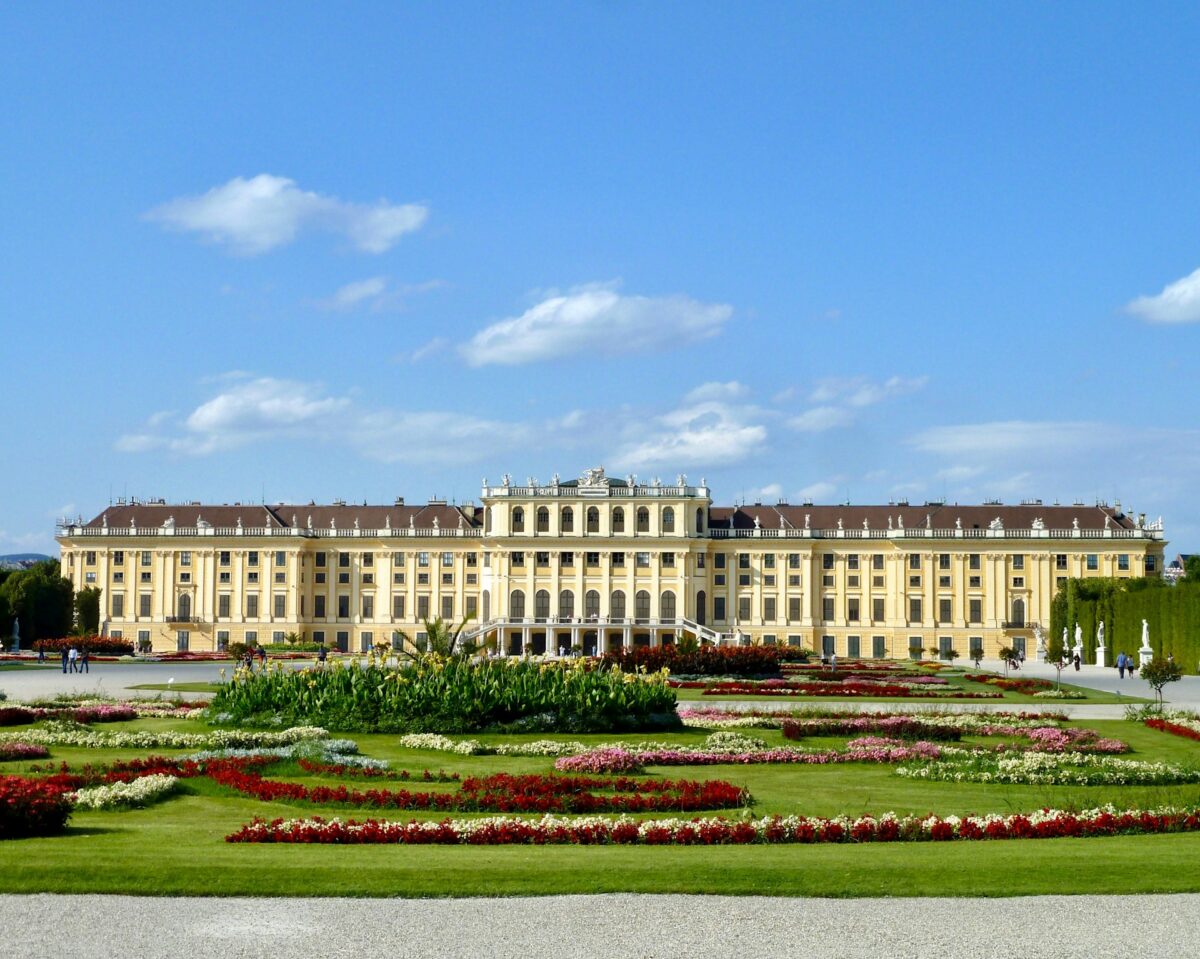
There are a few parks and gardens around Vienna that offer a nice break from exploring. They are all free: Burggarten, Volksgarten, Stadtpark, the Palace gardens (Schönbrunn, Belvedere), and Danube Island (Donauinsel).
Vienna can be quite pricey, yes, as is Austria in general, especially compared to its neighbours (Hungary, the Czech Republic, Croatia).
If you’re interested in opulent historical architecture, concert halls, the ballet and opera, or even if you just love a good pastry and cafe culture, then Vienna is worth visiting. If you’re looking for a charming, casual, and affordable city, Vienna is not it.
To see just the top main attractions, 3 days in Vienna is enough, but if you want to explore a bit more and at a slower pace, I recommend about 5 days in Vienna.
There are plenty of free things to do in Vienna, such as the art space MUSA (Startgalerie Artothek), St. Stephen’s Cathedral, and palace parks and gardens, but all the best things to do in Vienna, like the State Opera, the State Hall, and the palaces have entry fees, and some are quite hefty.
